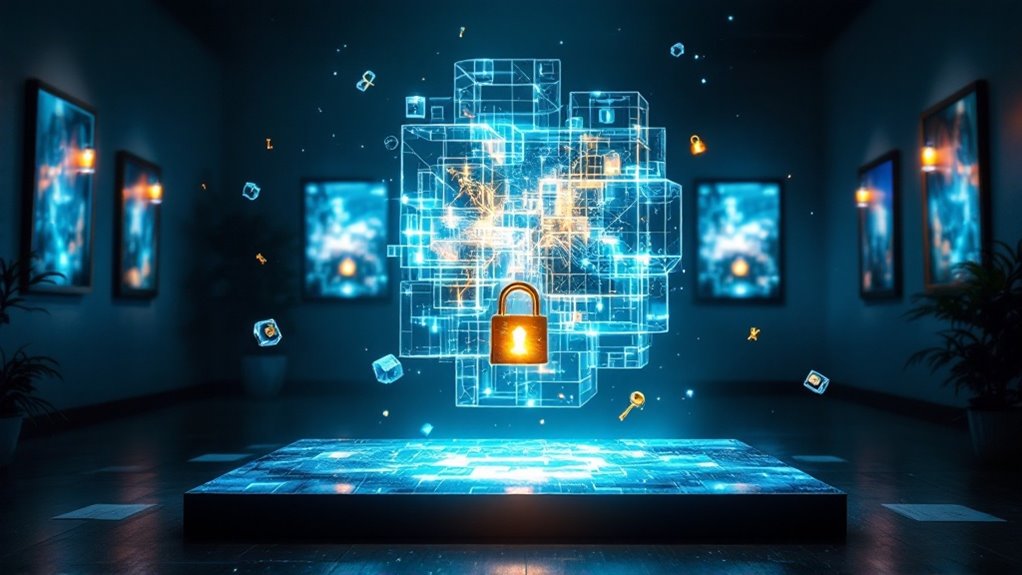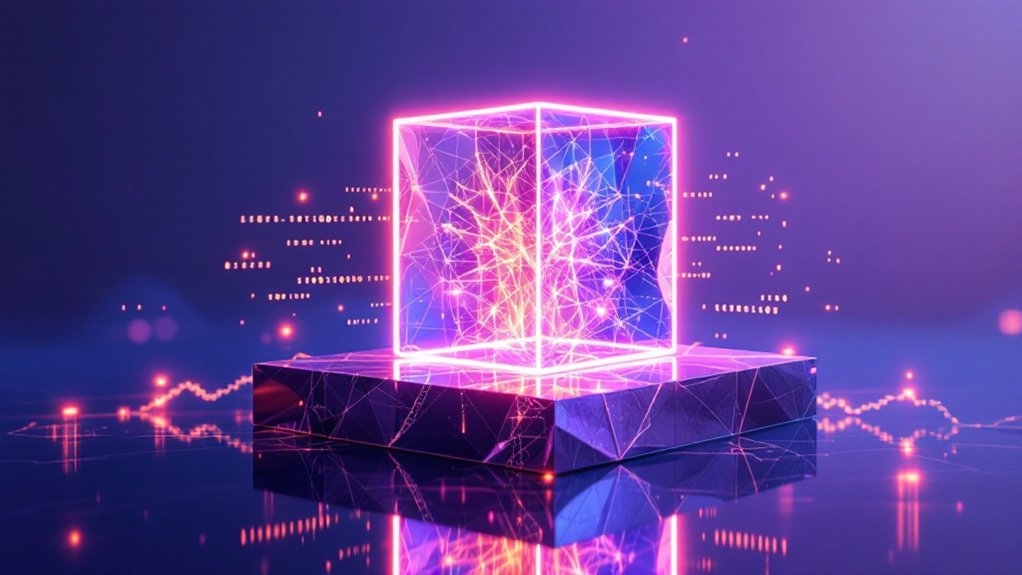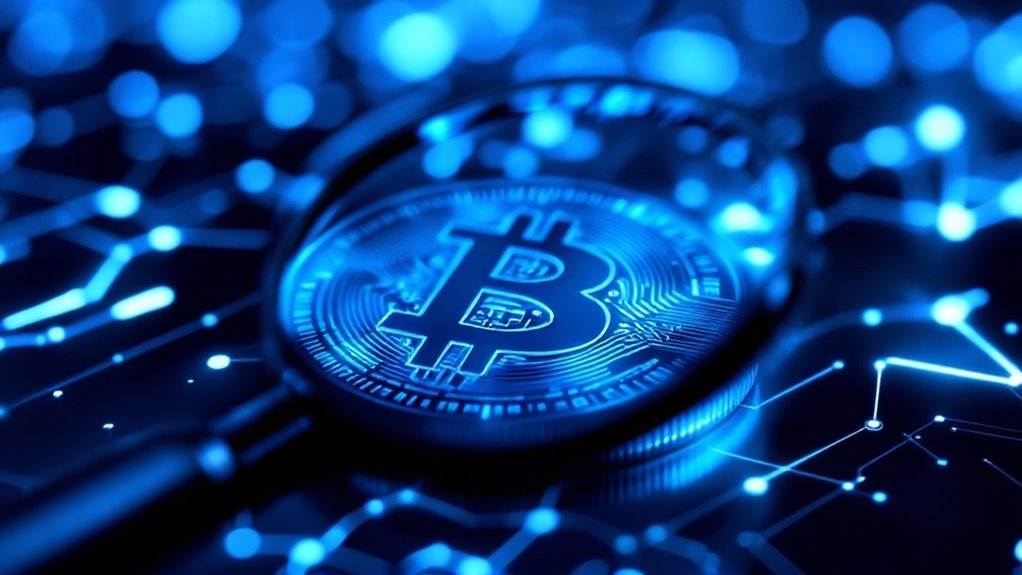Non-fungible tokens (NFTs) present a complex intersection with intellectual property law. While NFTs grant ownership of unique digital assets on the blockchain, they do not automatically transfer copyright or creative control to buyers. The original creator retains these rights unless explicitly transferred through contracts. This distinction mirrors traditional art collecting, where purchasing a painting doesn't grant reproduction rights. Global marketplaces and pseudonymous transactions create enforcement challenges, though emerging technologies promise innovative solutions for digital rights management.

As the digital art world continues to evolve at breakneck speed, NFTs (non-fungible tokens) have emerged as a fascinating yet contentious intersection of technology and intellectual property rights. Like digital snowflakes dancing across the blockchain, these unique cryptographic tokens have sparked both excitement and confusion about what buyers actually own when they purchase an NFT.
The reality is more nuanced than many realize. Purchasing an NFT doesn't automatically transfer copyright ownership – much like buying a physical painting doesn't give you the right to make and sell prints of it. Copyright remains with the original creator unless explicitly transferred through written assignment or smart contract terms. The total NFT sales exceeded twenty-five billion dollars in 2021, highlighting the massive scale of this emerging market. Tools like Fingible and Tineye help creators track potential infringement of their work across NFT marketplaces. It's a delicate dance between traditional intellectual property frameworks and bleeding-edge technology. These digital assets are stored securely on blockchain networks, ensuring authenticity and ownership verification.
NFT ownership exists separately from copyright – owning the token doesn't grant creative control over the underlying work.
The landscape becomes even more complex when considering trademark implications. The recent Hermès v. Rothschild case sent ripples through the NFT community, highlighting how established brands are grappling with unauthorized digital representations of their marks. Meanwhile, patent opportunities bloom in unexpected places, from the underlying blockchain technology to the visual design elements of NFTs themselves.
Enforcement presents its own peculiar challenges in this digital frontier. Trying to track down NFT infringers can feel like chasing shadows in cyberspace, with pseudonymous owners and global marketplaces blurring jurisdictional lines. The immutable nature of blockchain adds another layer of complexity – once minted, NFTs cannot simply be deleted or removed.
Yet amid these challenges, innovation flourishes. Smart contracts could revolutionize how artists receive royalties from secondary sales, while blockchain technology might streamline IP rights management. The future beckons with possibilities, though it requires careful navigation of existing legal frameworks and emerging technologies.
For creators and collectors alike, understanding these intersections is vital. Due diligence before minting NFTs of third-party content isn't just prudent – it's essential.
As this space continues to mature, the relationship between NFTs and intellectual property law will likely grow more sophisticated, potentially reshaping how we think about digital ownership and creative rights in the twenty-first century.
Frequently Asked Questions
Can NFTS Be Used to Protect Traditional Art From Copyright Infringement?
While NFTs can establish provenance and ownership records, they cannot fully prevent copyright infringement of traditional art. The technology offers documentation benefits but lacks thorough protection against unauthorized copying and distribution.
What Happens to NFT Ownership Rights if the Blockchain Platform Shuts Down?
If a blockchain platform shuts down, NFT ownership rights become compromised. Owners may lose access to metadata, verification capabilities, and trading functionality, while the underlying smart contract terms could become unenforceable.
Do NFT Creators Need Permission to Tokenize Fan Art or Derivatives?
Creators should obtain permission before tokenizing fan art or derivatives. Without authorization, they risk copyright infringement claims. Fair use may apply to transformative works, but securing explicit permission remains the safest approach.
How Are NFT Royalties Enforced Across Different Marketplaces and Platforms?
Marketplaces enforce royalties through platform-specific mechanisms like Operator Filter, Payment Processor v2, and smart contracts. However, enforcement varies across platforms, with some offering optional royalties while others maintain strict mandatory systems.
Can Multiple NFTS Be Created From the Same Piece of Intellectual Property?
Yes, multiple tokens can be created from a single work if the creator owns the rights. Similar to limited edition prints, creators can mint several copies while maintaining control over total supply.









